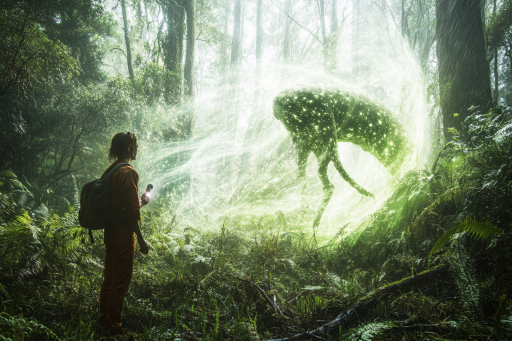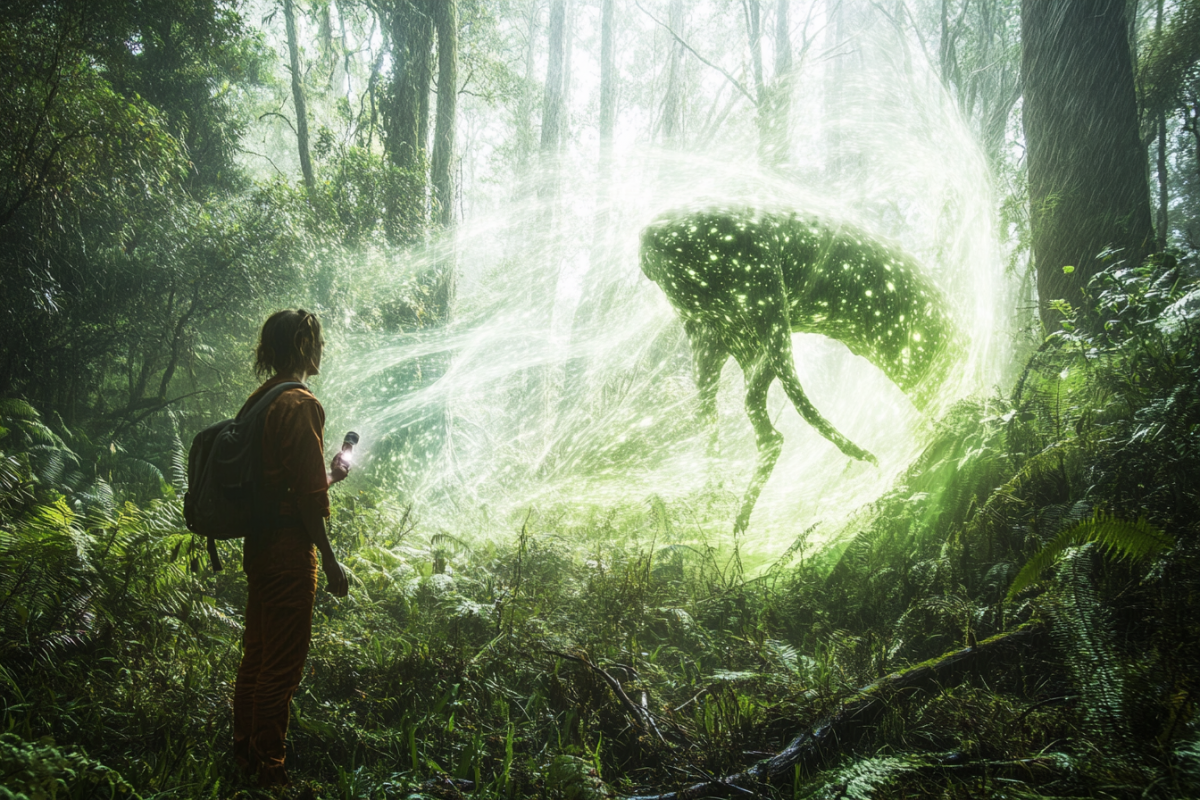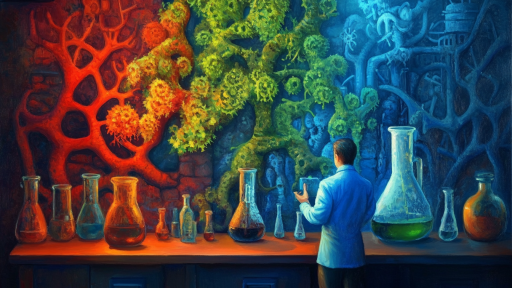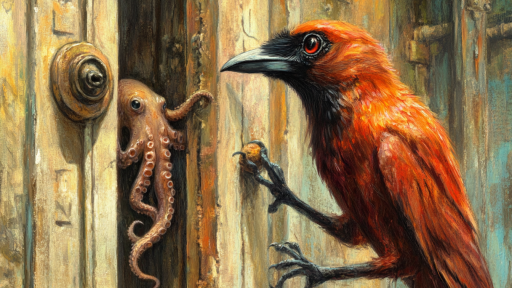
Nature never ceases to surprise, and sometimes, the animal kingdom presents mysteries that leave even the most seasoned scientists baffled. From creatures displaying impossible behaviors to sightings that defy known biology, these encounters challenge what we think we understand about life on Earth. Whether they hint at undiscovered species, bizarre evolutionary adaptations, or simply phenomena that science has yet to explain, each one pushes the boundaries of curiosity and wonder. Step into the strange and discover the animal encounters that have left researchers speechless.
The Fish That Walks Like a Land Animal

In the murky depths of Indonesia’s rivers, a bizarre fish has been observed “walking” across the riverbed using what appear to be stubby legs. Unlike most fish, this amphibious oddity moves with an unsettlingly deliberate gait, more like a reptile than something that should be swimming. Scientists suspect it’s an evolutionary anomaly caught between aquatic and terrestrial life, but its true origins remain unknown. How many more species like it might still be lurking beneath the surface?
The Crows That Seem to Hold Grudges

For years, researchers studying crows have noticed an eerie phenomenon—these birds appear to recognize and remember human faces. Not only that, but they pass their judgments onto others, teaching younger generations to distrust certain individuals. Scientists in Seattle conducted an experiment where people wearing specific masks “harassed” the birds, and years later, those same masks still triggered an aggressive response. Just how deep does their intelligence go?
The Transparent Frog That Reveals Its Own Heartbeat

In the rainforests of South America, a delicate species of glass frog has puzzled scientists with its near-invisible body. Its skin is so translucent that researchers can watch its heart pumping in real time. Even more baffling, when it sleeps, its red blood cells seem to “disappear,” making it nearly undetectable to predators. This natural camouflage is unlike anything else seen in vertebrates, raising questions about what other biological secrets the jungle holds.
The Spider That Pretends to Be a Leaf

Deep in the forests of China, a newly discovered spider has perfected the art of disguise—it mimics a curled-up dead leaf. With its uncanny ability to flatten itself and match the texture of surrounding foliage, even trained scientists struggle to spot it. Researchers believe this is an extreme example of mimicry taken to the next level, but how did it evolve to deceive so flawlessly?
The Octopus That Rearranges Its Own Genetic Code
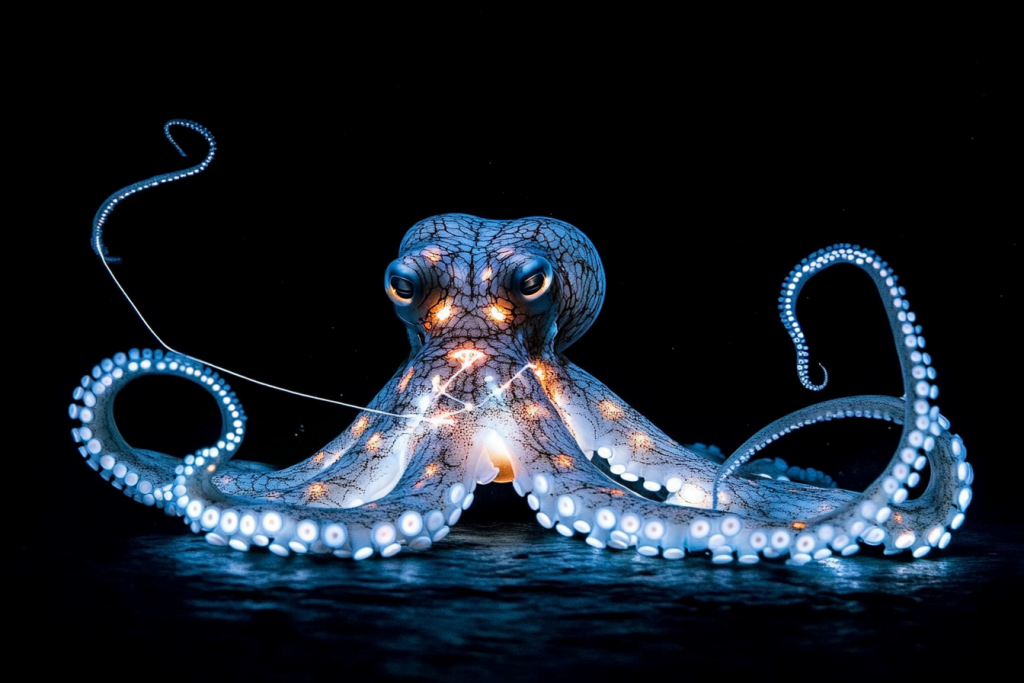
Unlike most creatures, octopuses have been found to rewrite sections of their own RNA, essentially modifying their biological instructions on the fly. This means they can adapt to different environments without waiting for slow genetic evolution. Scientists are still unraveling the full extent of this ability, but it challenges long-held assumptions about how life adapts and evolves. Could this be a form of intelligence beyond what we currently understand?
The Bird That Imitates Chainsaws and Car Alarms

The Australian lyrebird is one of nature’s most astonishing mimics, capable of perfectly replicating human-made sounds, including chainsaws, camera shutters, and even entire songs. But what baffles scientists is why—there’s no clear survival advantage to imitating construction noises. Some believe it’s a leftover trait from a more complex evolutionary past, but its full purpose remains a mystery.
The Jellyfish That Might Live Forever

In the depths of the ocean, a tiny jellyfish known as Turritopsis dohrnii appears to defy aging. When injured or threatened, it can revert its cells to an earlier stage of development, effectively restarting its life cycle. Scientists studying its genetic structure hope to unlock the secrets of biological immortality, but so far, the process remains an enigma. Could this jellyfish hold the key to slowing human aging?
The Foxes That Have Learned to Read Traffic

Urban foxes in Europe have demonstrated an incredible ability to navigate city streets by watching traffic lights. They wait patiently at crosswalks, timing their movements with pedestrian signals just like humans. Researchers believe they’re learning from human behavior, showcasing an adaptability that few would expect from wild animals. Could other species be evolving in response to city life in ways we haven’t yet realized?
The Shrimp That Punches at the Speed of a Bullet

The mantis shrimp doesn’t just strike its prey—it throws a punch so fast that it boils the surrounding water, creating a shockwave capable of stunning or killing instantly. Its club-like appendage moves with the same acceleration as a bullet fired from a gun, making it one of the most powerful hitters in the animal kingdom. Scientists are still studying how its body withstands such extreme forces without breaking.
The Bizarre Herding Behavior of the Siberian Reindeer

Satellite imagery captured a puzzling sight in the Arctic tundra—massive reindeer herds forming nearly perfect circles as they migrate. No one knows exactly why they adopt this swirling pattern, but some believe it’s a defense mechanism, confusing predators like wolves. The eerie spectacle, resembling a natural cyclone of antlers, raises questions about instinct and herd intelligence.
The Cat That Adopts Orphaned Puppies

A stray cat in Japan baffled animal behaviorists when it was observed raising a litter of abandoned puppies as its own. Not only did it groom and protect them, but it even attempted to teach them feline behaviors. Cases of cross-species parenting are rare, but why this cat felt compelled to nurture a completely different species remains unexplained.
The Mystery of the “Glow-in-the-Dark” Shark

Off the coast of New Zealand, scientists discovered a deep-sea shark that glows in the dark, the largest known bioluminescent vertebrate. Unlike other glowing creatures, this shark’s light is steady, not pulsing, and its exact function is still unknown. Could it be a form of communication, camouflage, or something else entirely?
The Dolphin That Calls Humans for Help

A group of marine researchers off the coast of Hawaii witnessed a bottlenose dolphin swimming toward them in distress, seemingly asking for help. Upon closer inspection, they found a fishing hook embedded in its fin. The dolphin remained calm as a diver removed it, then swam off unharmed. Was this an intelligent plea for assistance, or a coincidence?
The Mystery of the Self-Medicating Elephants

Wild elephants in Africa have been observed seeking out and consuming specific plants known to have medicinal properties. They seem to do this when sick or injured, and indigenous communities have long recognized the same plants for their healing benefits. Could this be a form of natural medicine that science has yet to fully understand?
The Plant That Traps Birds Instead of Insects

Deep in the jungles of Southeast Asia, researchers stumbled upon a carnivorous plant unlike any other—it preys on birds instead of insects. Unlike traditional pitcher plants, this bizarre species has evolved larger, sturdier traps filled with digestive enzymes strong enough to break down small animals. Scientists are baffled by how and why it developed such an extreme adaptation, questioning whether more undiscovered plants are lurking in the wild, waiting to rewrite what we know about the food chain.
What If Nature Knows More Than We Think?
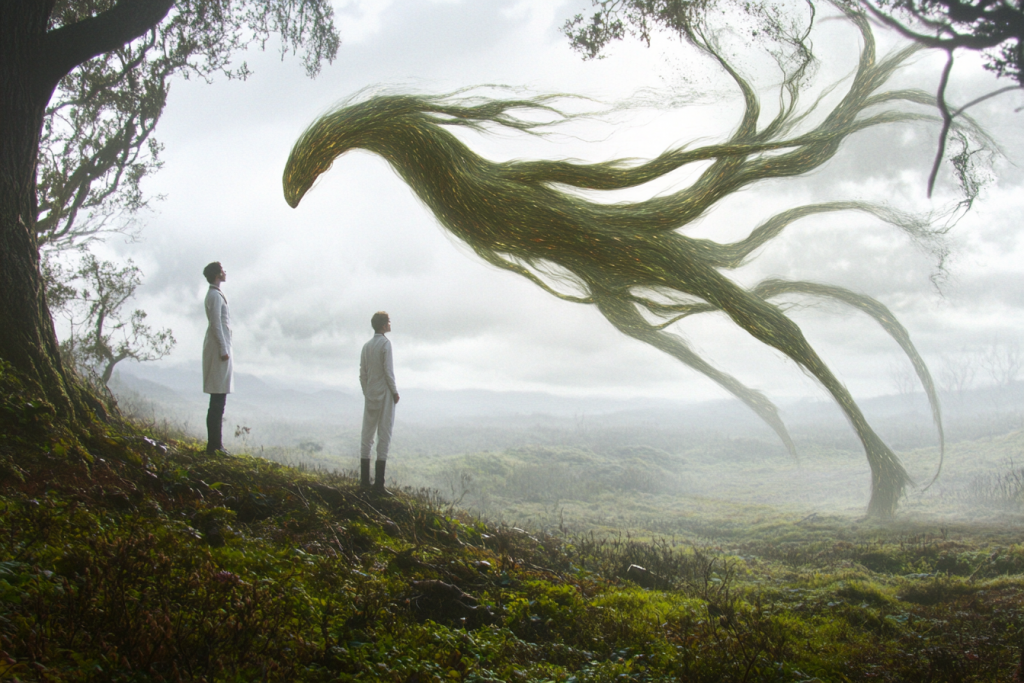
Science has unraveled many mysteries of the natural world, but these encounters remind us that there’s still much we don’t understand. Animals continue to display intelligence, behaviors, and adaptations that challenge everything we assume about evolution and survival. Perhaps the real question isn’t what animals can do, but how much more they know than we ever imagined.

